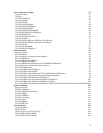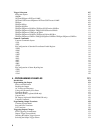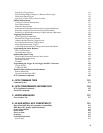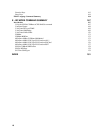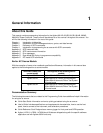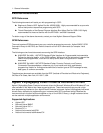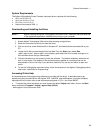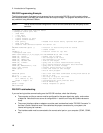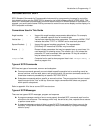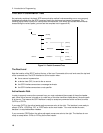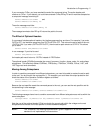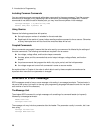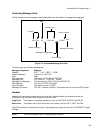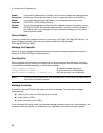
15
2
Introduction to Programming
GPIB Capabilities of the AC Source
All ac source functions except for setting the GPIB address are programmable over the GPIB. The IEEE
488.2 capabilities of the ac source are listed in the appendix A of the User’s Guide.
GPIB Address
The ac source operates from a GPIB address that is set from the front panel. To set the GPIB address,
press the Address key on the front panel and enter the address using the Entry keys.
RS-232 Capabilities of the AC Source
The ac source provides an RS-232 programming interface, which is activated by commands located under
the front panel Address key. All SCPI and E9012 commands are available through RS-232 programming.
When the RS-232 interface is selected, the GPIB interface is disabled.
The EIA RS-232 Standard defines the interconnections between Data Terminal Equipment (DTE) and
Data Communications Equipment (DCE). The ac source is designed to be a DTE. It can be connected to
another DTE such as a PC COM port through a null modem cable.
NOTE: The RS-232 settings in your program must match the settings specified in the front panel
Address menu. Press the front panel Address key if you need to change the settings.
RS-232 Data Format
The RS-232 data is a 11-bit word with one start bit and two stop bits. The number of start and stop bits is
not programmable. The following parity options are selectable using the front panel Address key:
EVEN Seven data bits with even parity
ODD Seven data bits with odd parity
MARK Seven data bits with mark parity (parity is always true)
SPACE Seven data bits with space parity (parity is always false)
NONE Eight data bits without parity
Parity options are stored in non-volatile memory.
Baud Rate
The front panel Address key lets you select one of the following baud rates, which is stored in non-volatile
memory: 300 600 1200 2400 4800 9600



